Red antique box with 17,000 ppm MERCURY-based paint! This is very dangerous! (I learn new things every day!)
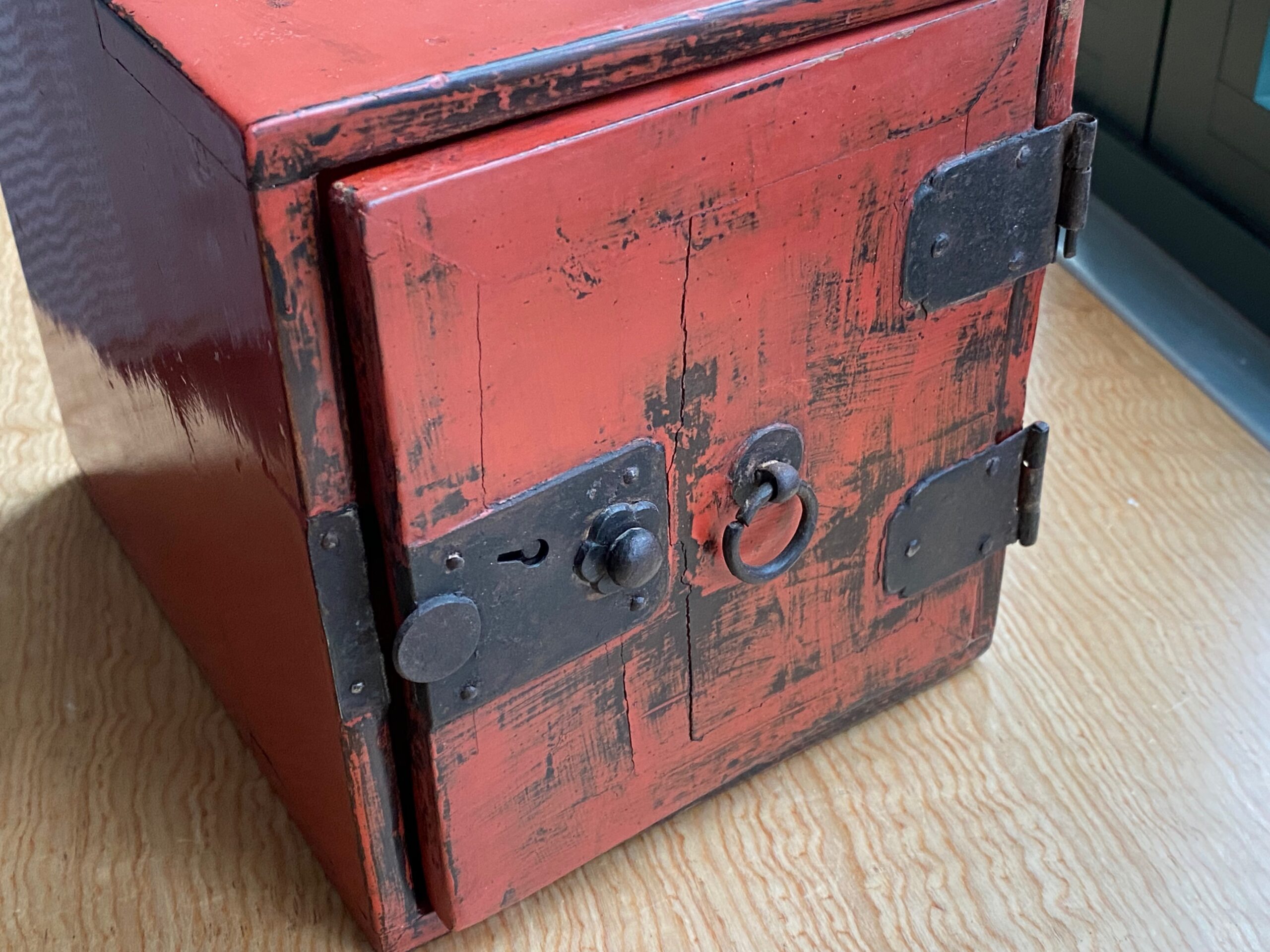

 Published: February 13, 2022
Published: February 13, 2022
Red antique “Chinese” curio-box:
Scroll down to see the full XRF test results.
When I conduct home consultations and visit families and friends in my travels, I come across interesting treasures…
Given the diversity of art and the vast potential for humans to create limitless objects for both function and beauty (and after 13+ years of traversing the country [and beyond], testing consumer goods — while it FEELS like I have tested examples of nearly every sort of object imaginable — there are still plenty of items out in the world that I have not tested (yet).
So, despite my last decade+ of constantly testing things using XRF technology, there are still items that surprise and shock me when I test them, giving me an opportunity to expand my knowledge-base (specifically, my knowledge of the staggering scope and extent of extremely-toxic heavy metals present in our human-“made”/ chosen environment).
When I first looked at this box it seemed “suspicious” (likely to test positive for heavy metals) as the color reminded me of San Francisco’s Golden Gate Bridge. The owner of the box told me it was a gift that had been given to him to thank him for his work. He also shared with me that he was told that it was an “antique box from China.” While I don’t have any way to confirm that, personally (I don’t have any knowledge of Chinese antiques) it certainly seemed likely, given the style and materials used.
I have also seen items that were similar in style and function (and materials — specifically the type of wood used) that I was told were from Thailand and India. If YOU are an expert in Chinese antiques and can let me know if this is, in fact, from China (or perhaps readily identifiable as being likely from a different country of origin), and if you can potentially let me know the age, based on the images, I would greatly appreciate that! I have also sent some images along with this question to an expert in Chinese antiques. (It’s not that I doubt my friend’s story at all — see additional information below that does support that it is likely from China and likely antique — but especially when there is no maker’s mark or signature, I always like to be really thorough in confirming the origin when possible for items I report on here at LeadSafeMama.com!)
When XRF analysis revealed this box to be so incredibly toxic (over 17,000 ppm Mercury in the paint!), the owner generously donated it to me for my “Museum of Lead” collection (which will be traveling around the country visiting science museums and other museums in the not-so-distant future)!
To me (with what little I know of Chinese culture), the significance of the red color also seemed consistent with the idea it is likely Chinese (perhaps a special box made for a celebration — like a wedding?). With what I know about Lead (and having tested the Golden Gate Bridge itself — and found very high levels of Lead in that paint even after many layers of the paint have been removed and redone over the years). I expected this box to test positive for high levels of Lead. “Red Lead” (which is actually a bit orange in color, like this box) is one of the primary colors of Lead pigment in paint historically (the exact color on the Golden Gate), so it would not have been unexpected for this box to test positive for maybe 30,000 — to possibly as much as 100,000 ppm Lead. But it did not! … Instead, it tested positive for 17,700 ppm Mercury, which was actually a “first” for me — this sent me down a path learning about MERCURY-based-paint (an inquiry I had never in fact made before, in all my years of doing this work, because I had NO IDEA that “Mercury-based-paint” was a thing).
Here are some of the shocking things I learned about Mercury-based paint
- Mercury-based paint was not banned in the United States for residential use until… wait for it…. are you sitting down? 1990!!!! WHAT?! (click the image above for the New York Times article from June of 1990, in which they discus the new “ban” on Mercury in paint!)
- In 1990, with the new legislation, paint was now allowed to have…up to 300 ppm Mercury (this is INTERIOR house paint we’re talking about!!!)
- In 1990, warning labels were newly-required to be on any interior house paint with Mercury levels at or above 200 ppm.
- My “favorite” quote from this article (above): “Despite the agreement with the Government, officials in the paint industry said yesterday that they did not believe that paints containing mercury posed a health risk…” — because of course that is what they said!
- Another good quote from the article: “Mercury is added to some latex paints to retard the growth of bacteria and mildew. Exposure to the chemical has long been known to produce neurological disorders, as well as kidney and liver problems.”
- In 1990: “E.P.A. officials estimated that mercury is used in 25 percent to 30 percent of all interior latex paints and in 20 percent to 35 percent of outdoor latex paints.” This is of course outrageous…but also quite intriguing! I have not found Mercury to be present in much of the house paint I have tested (and I have tested paint in [or from] hundreds of homes], so at least that might provide some solace (for those who might be edging towards becoming anxious at reading these “fun facts”!) Perhaps – since the 1990 ban – most of the Mercury paint has all been painted over?, and (perhaps) the new layers of paint are enough to (at least temporarily) encapsulate (cover-up/hide) any existing Mercury in paint? This does, however, reinforce my mantra that sanding of pre-1990 paint (even if it is confirmed to be low-Lead, at a “safe” level) should always be done with full containment and using extreme caution [just as if it were pre-1978 potentially-high-Lead paint]. This also underscores my stance that, in shopping for a new home, folks [particularly parents of young children] should only consider homes built after 1989 (something I have been saying for more than a decade, as well!)
- In the above linked New York Times article, a case is discussed in which a child became ill because of painting work done on his home. The paint in his home tested positive for 900 ppm Mercury – so we know (at least) that 900 ppm Mercury in paint (when sanded / disturbed) is enough to cause illness in a human (as one would certainly have expected it might be!)
Here’s what I learned about red Mercury paint in Chinese culture
Below are screenshots from four different websites that discuss the use of mercury in red Chinese lacquer for decorative and functional objects. There are many sources for this information, but the websites I chose screenshots from below are the following:
- https://www.syl-leeantiques.com
- https://www.chineseantiques.co.uk
- https://www.realorrepro.com and
- https://www.metmuseum.org
Here’s what I learned — specifically — from these websites (and others):
- “Cinnabar” is the distinctively colored red pigment used in antique (and modern!) Chinese lacquerware art.
- Cinnabar is a form of Mercury sulfide, which is incredibly toxic to humans.
- Lacquerware is also frequently used in decorative and functional boxes, but can also (historically) often be found in the form of functional food-use objects, such as plates and vessels — as it was initially developed as means for waterproofing / preserving wooden vessels.
- One source cites that cinnabar lacquerware has possibly been created/used for 2,300 years or longer — with pieces dating from as far back as the 13th century found in some private collections and museums.
- Another source stated that lacquerware was developed in China between 3,000 and 2500 B.C., which would mean the technique is possibly 5,000 years old or older.
- Chinese lacquerware has been exported to the West for over 300 years (since c. 1722?)
These points of reference are consistent with the owner’s (of the box) understanding that the red, Mercury-painted box discussed in this article is likely both antique and of Chinese origin. I will update this piece as soon as I hear back from the antique dealer I e-mailed (asking for more information).
Using levels of metals to determine the origin of a piece of art or anthropological find:
I have always fantasized about what the “next chapter” of my life doing this work (XRF testing of objects) might look like. One thing I would really like to get involved with is using XRF technology to help determine the age (and geographic origin) of historic items (art and anthropological finds) based on the proportional makeup of metals found in that object.
As this relates to the box in this article, I could not find any science demonstrating HOW MUCH Mercury (in ppm) is typically found in ancient cinnabar lacquer items (vs. modern ones) and I don’t know that anyone has done that type of quantification. I do think it would be fun (and very interesting) to test different ancient Chinese lacquerware items of known age and known geographic origin to see if the Mercury levels of the items (in conjunction with other metals found) have patterns of variation that can help to identify the age or location of origin of the piece. [If you work with a museum and would like to have me come as a guest to test several of your known pieces as a first part of this inquiry… that would be an amazing opportunity that I would jump at!]
Continue reading below the images:
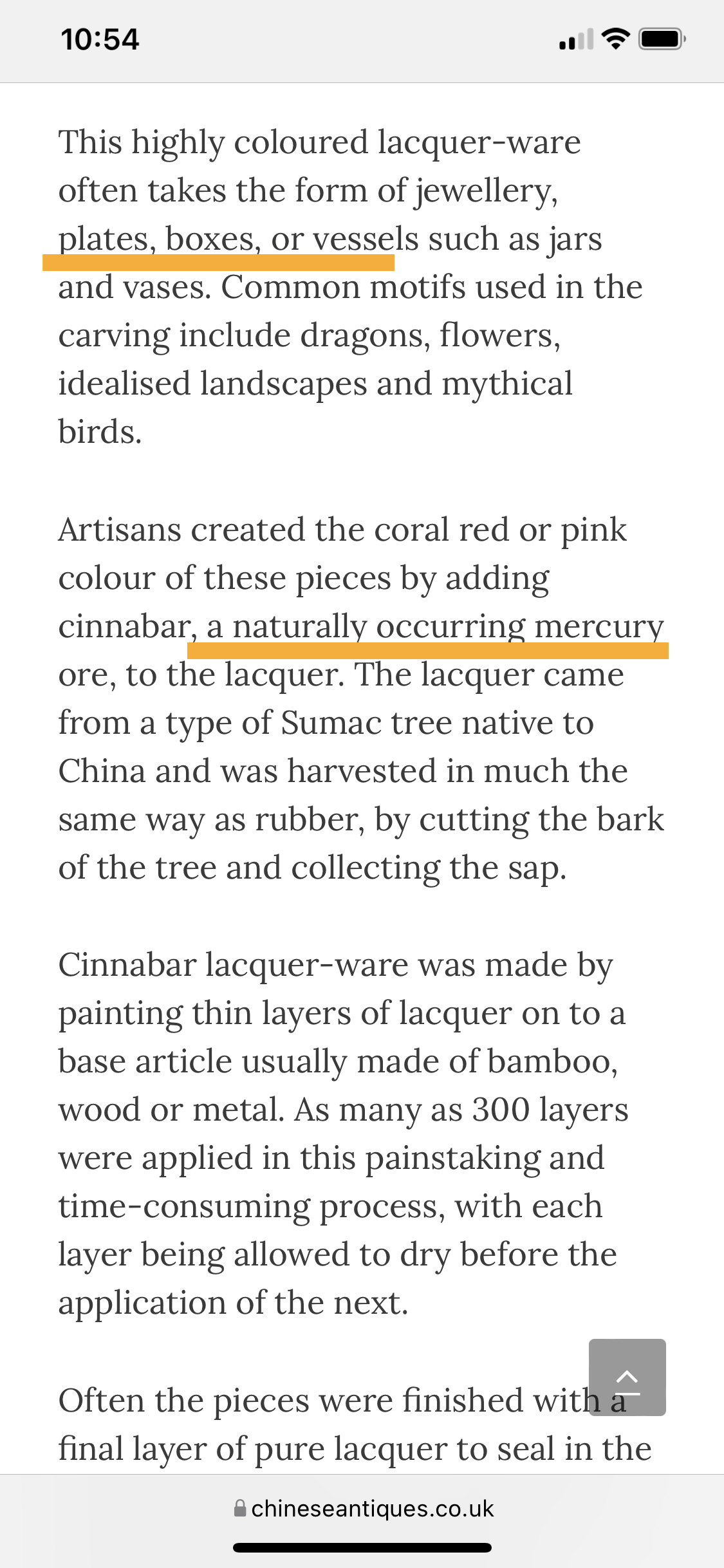
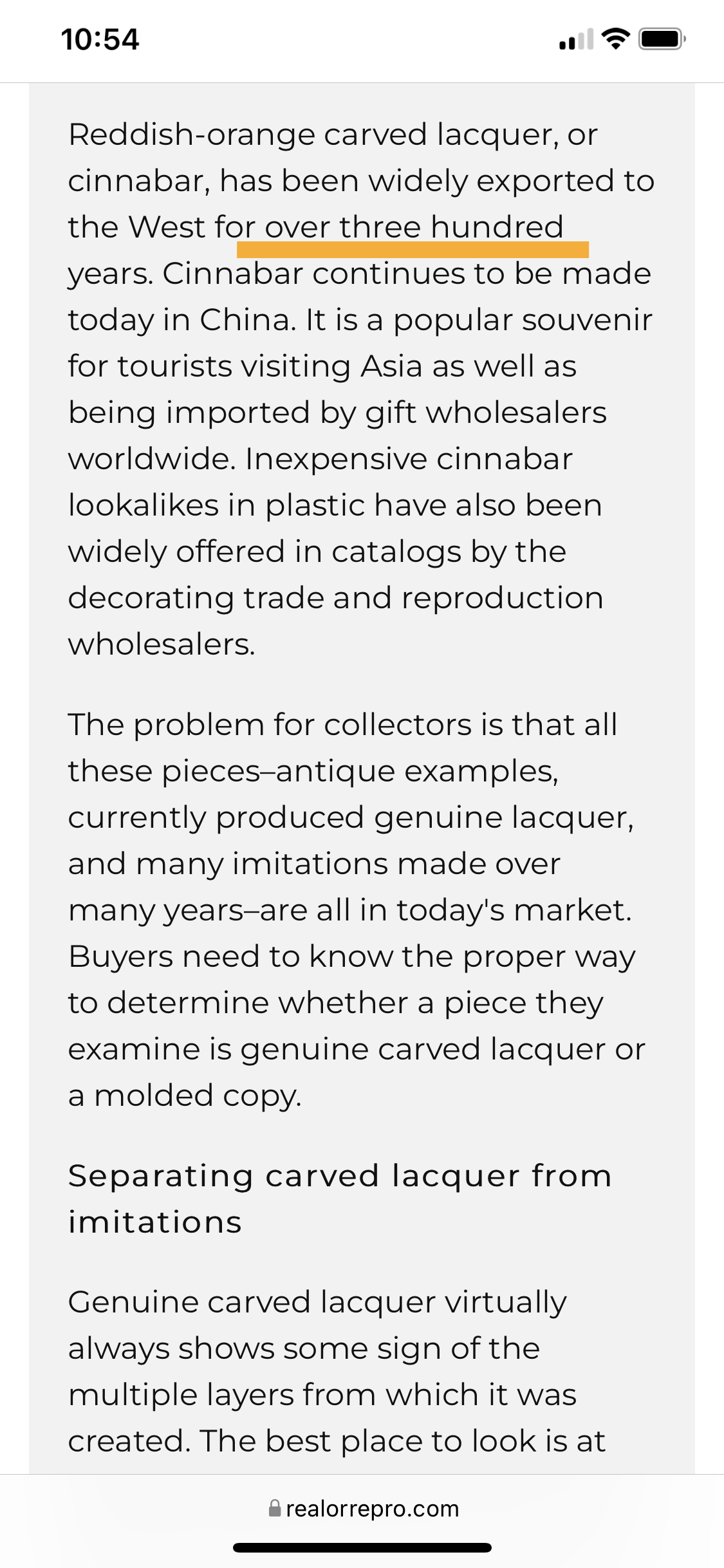
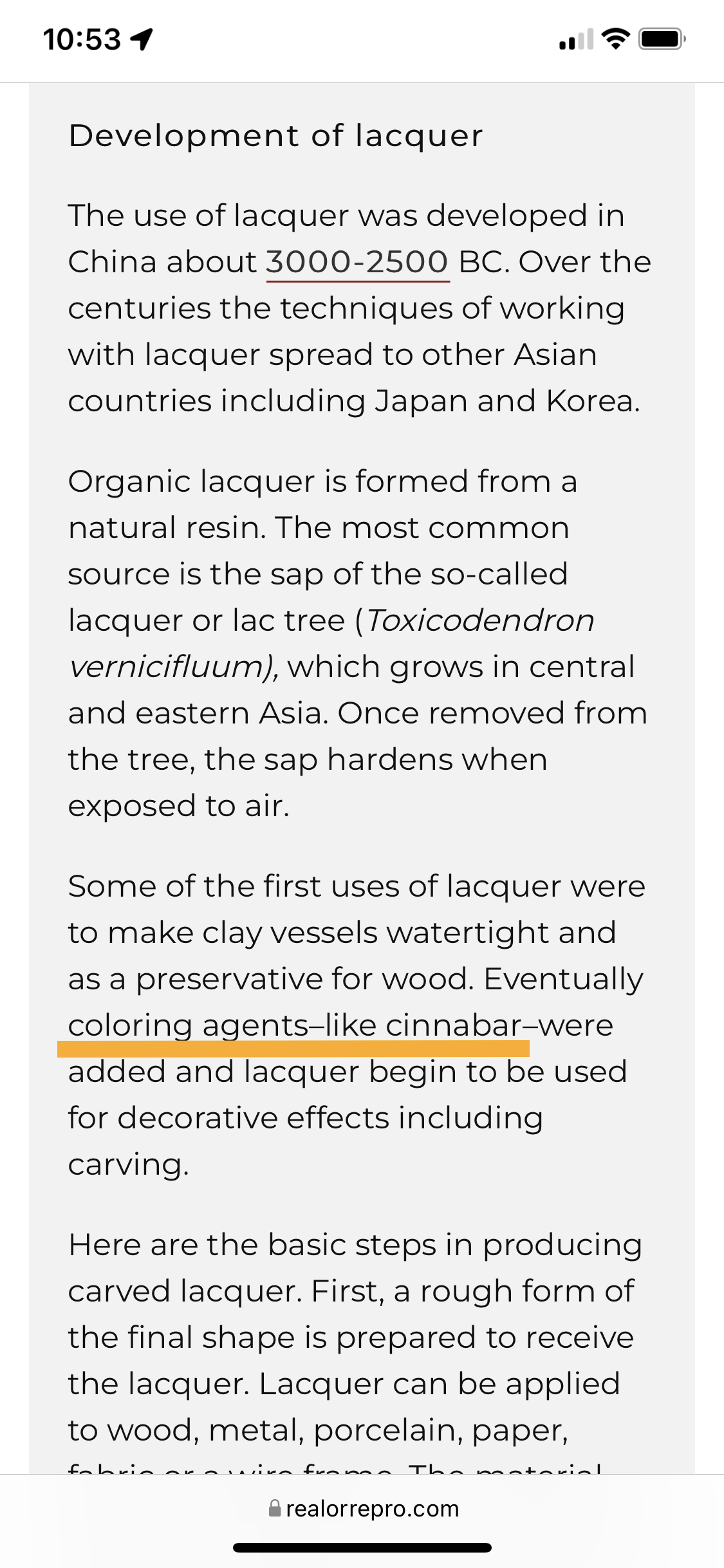
Here are the XRF test results for the antique Chinese box pictured
30-Second Test
- Lead (Pb): 70 +/- 9 ppm
- Cadmium (Cd): 15 +/- 5 ppm
- Mercury (Hg): 17,700 +/- 200 ppm
- Bromine (Br): non-detect
- Chromium (Cr): 100 +/- 23 ppm
- Vanadium (V): 221 +/- 70 ppm
- Iron (Fe): 1,550 +/- 35 ppm
- Nickel (Ni): 14 +/- 6 ppm
In conclusion
The amount of Mercury found in the red lacquer on the box pictured here is an extremely high level and should be considered toxic and unsafe for humans to interact with at all. Given the potential age of the piece, in conjunction with the worn / distressed finish (be it possibly from an original intentional design/appearance facet, or entirely acquired through age and use) the Mercury paint is likely to contribute to the creation of Mercury-containing dust in the environment where the object is stored.
Items like this should never be used as functional objects (to store curios, jewelry or other items) and should instead be treated as you would generally treat works of art: stored behind glass in temperature-controlled, humidity-controlled environments (whenever possible) where there will be no potential for human interaction or the generation of heavy-metal containing dust (due to passive deterioration from exposure to normal daily environmental fluctuations in heat, cold, moisture – etc.) I would extend this set of considerations to ALL Chinese cinnabar lacquer products in the absence of specific testing of any of these items (especially given the research indicates that Mercury-containing cinnabar is likely still in use today for these Chinese red-lacquered pieces). (UPDATE: A reader just e-mailed me to share that, in fact, this paint is still available for purchase today at mainstream art suppliers – like Blick! Click here to see it available on their site! Also, see the screenshots at the bottom of this piece!)
Art is very important and fundamentally an important part of humanity. [I myself happen to be both a visual and performing artist — and come from a family of artists, as well.] I believe art has a very important place in our lives and in our homes — but I also believe our homes should serve as a “sanctuary” — a vital health-supporting refuge, in a very real sense, free from the ubiquitous contaminants in our post-industrial, heavily-polluted built environment — and especially – free of potential toxic threats within reach of children.
With the technology, scientific knowledge and resources available to us today, we do have the opportunity to choose non-toxic art to display in our homes, and should make that choice whenever possible (especially for items – like this box – that might be intriguing for young children to interact with). As such – any antique art of any kind (again – in the absence of testing confirming whether or not the art may contain toxic elements that constitute active health hazards) should be stored behind glass — this is also especially true of older oil paintings, which can contain very high levels of Cadmium, Lead, and Mercury.
With most framed paintings, it is normally not too complicated to insert a sheet of glass in front of the artwork within the frame. With objects that are three-dimensional (like this box or brass or crystal sculptures – for example), keeping an airtight locked glass cabinet for displaying those objects is also not a complicated change to make (for those who insist on keeping objects like this in their homes).
Some additional reading/ links for those not yet familiar with the work of Lead Safe Mama, LLC:
- To learn more about the testing methodology employed for the test results reported on this website, click here.
- For a quick menu to explore more categories of tested items on this website, click here.
- For a quick video tutorial showing you how to most efficiently use this website (including all the ways to find Lead-free consumer goods we have tested and reported on), click here.
- To learn more about hiring Tamara for a one-on-one home consultation or a small community event, click here.
- To find out how to send a single item in for testing, click here.
- Please follow us on Instagram, Facebook and Twitter!
- Please subscribe to the Lead Safe Mama, LLC e-mail newsletter to be among the first to see any and all newly published test results here on the website too!
- To check out our new(ish) site that only has Lead-free things for sale, click here!
For those new to this website:
Tamara Rubin is a multiple-federal-award-winning independent advocate for childhood Lead poisoning prevention and consumer goods safety, and a documentary filmmaker. She is also a mother of Lead-poisoned children (two of her sons were acutely Lead-poisoned in 2005). Since 2009, Tamara has been using XRF technology (a scientific method used by the U.S. Consumer Product Safety Commission) to test consumer goods for toxicants (specifically heavy metals — including Lead, Cadmium, Mercury, Antimony, and Arsenic). All test results reported on this website are science-based, accurate, and replicable. Items are tested multiple times to confirm the test results for each component tested. Tamara’s work was featured in Consumer Reports Magazine in February of 2023 (March 2023 print edition).
Screenshots from Blick’s website today (2/13/2022):
Additional images of the box:





Never Miss an Important Article Again!
Join our Email List








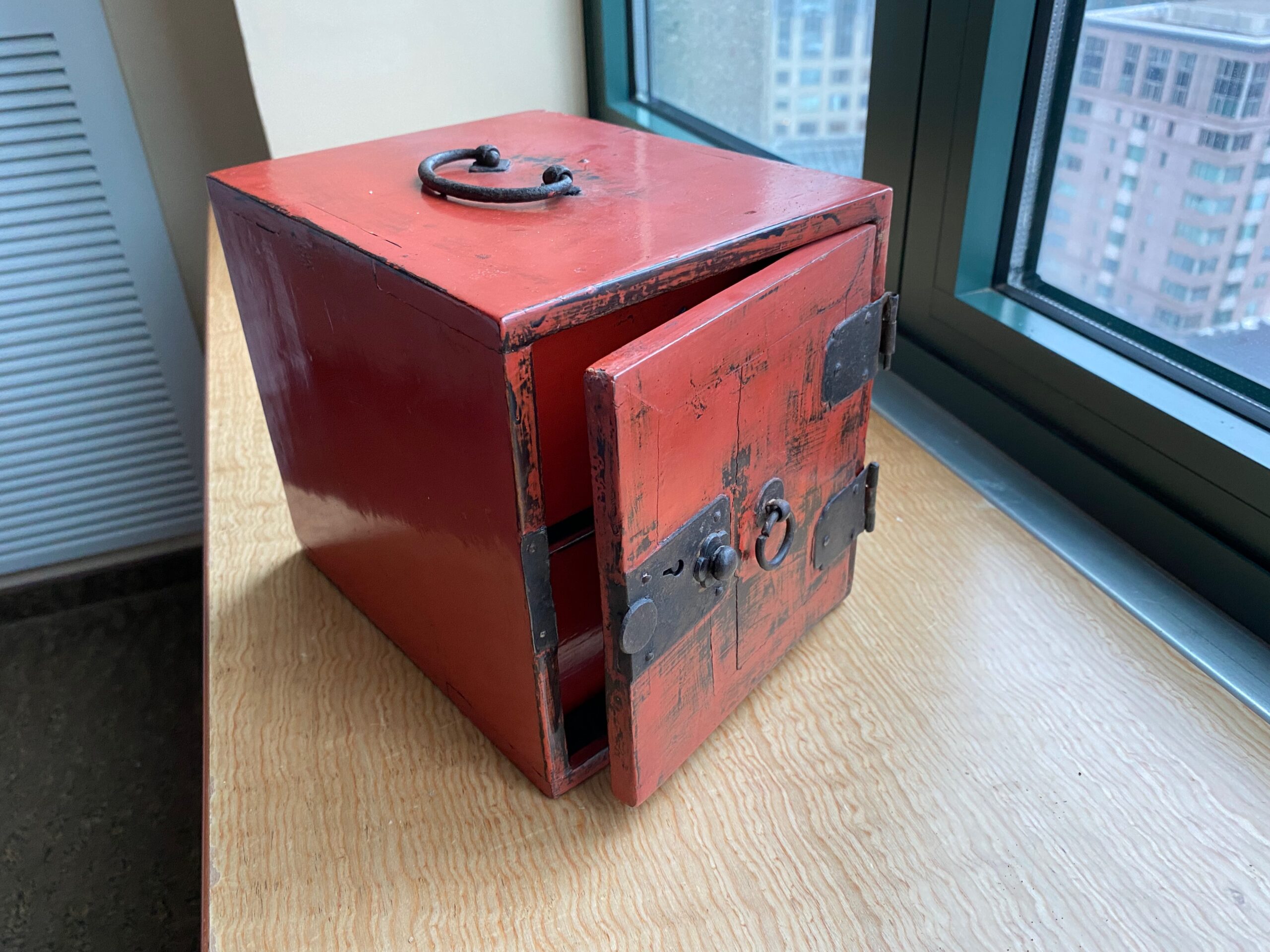
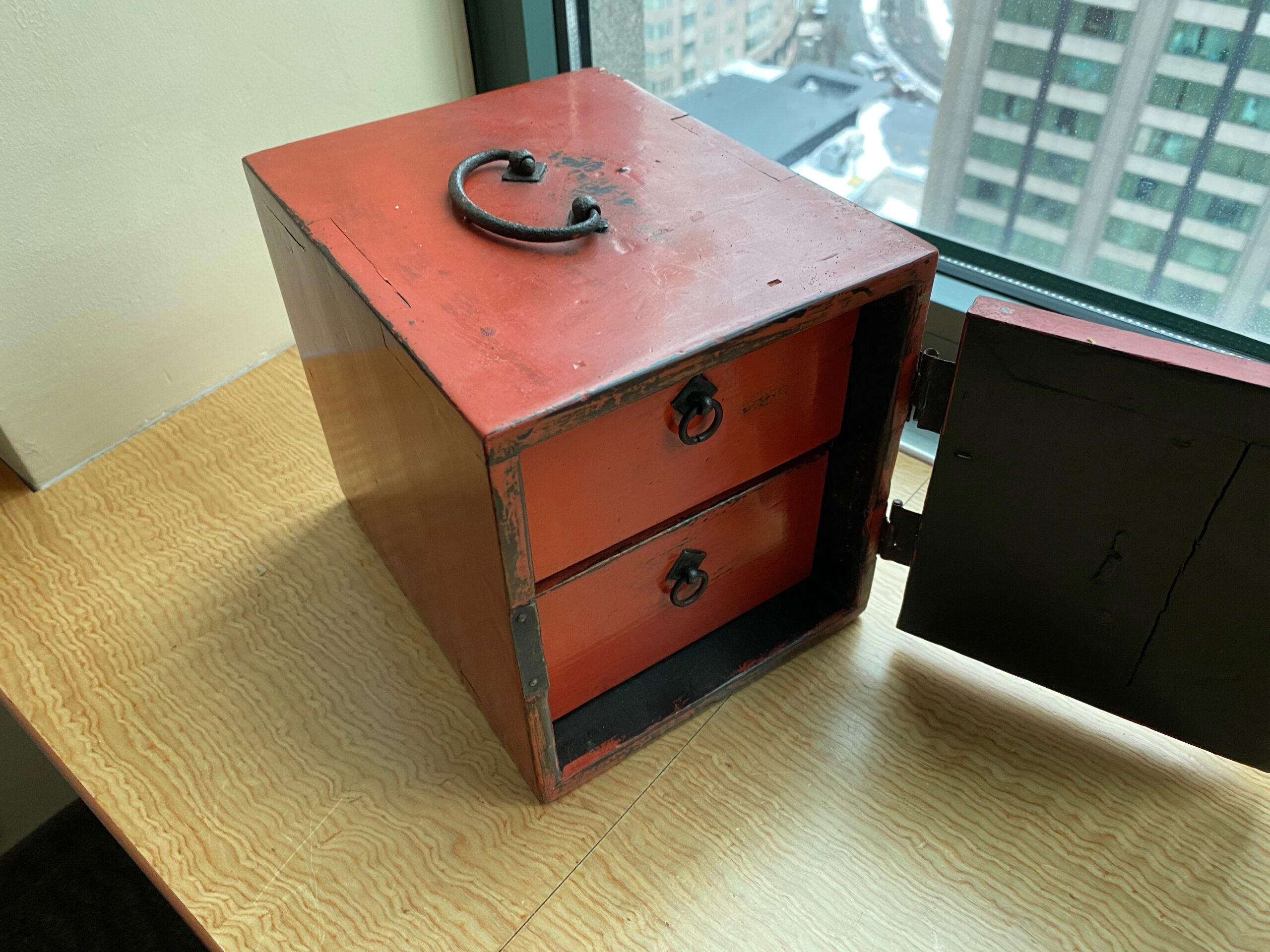 Published: February 13, 2022
Published: February 13, 2022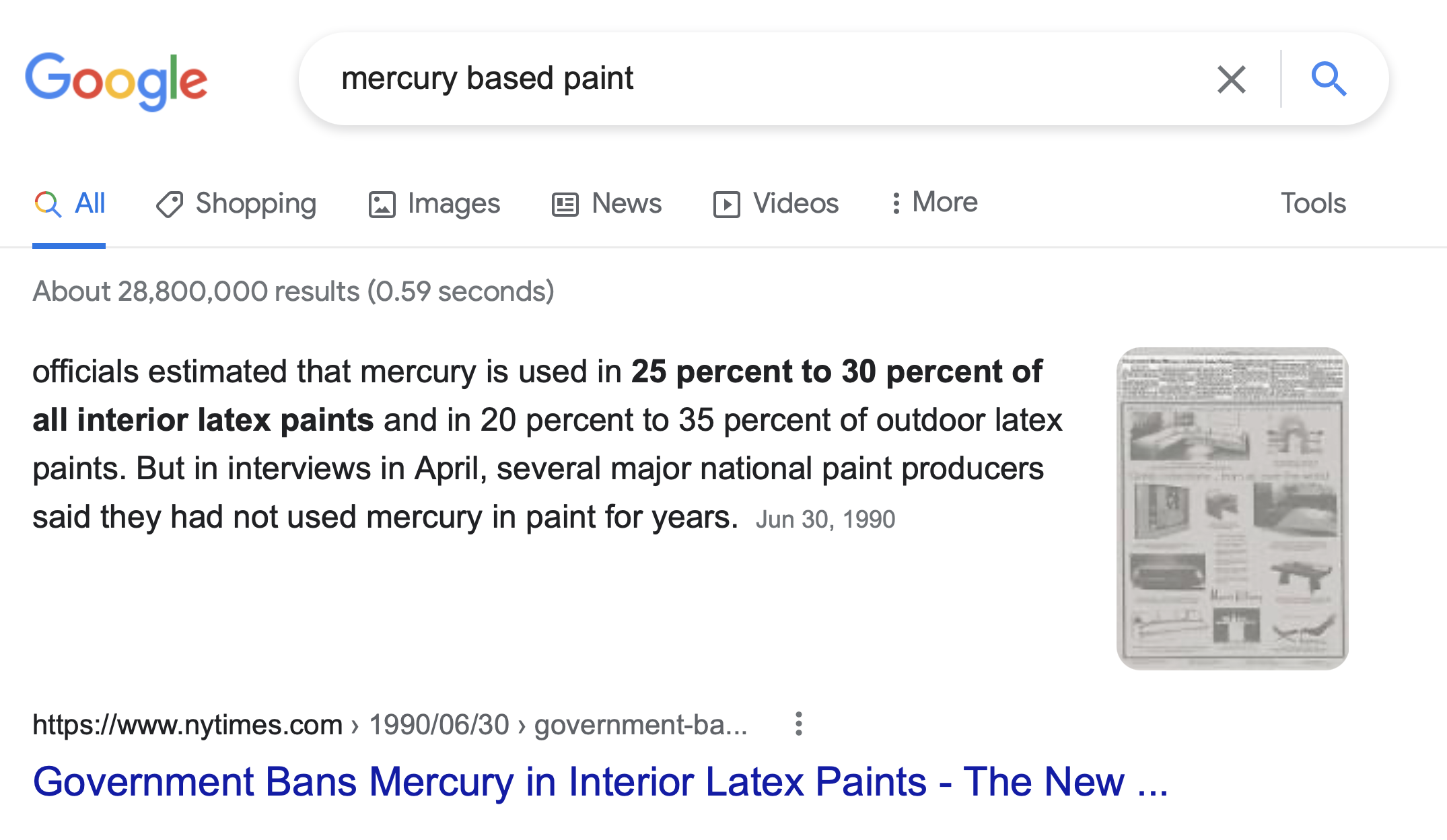
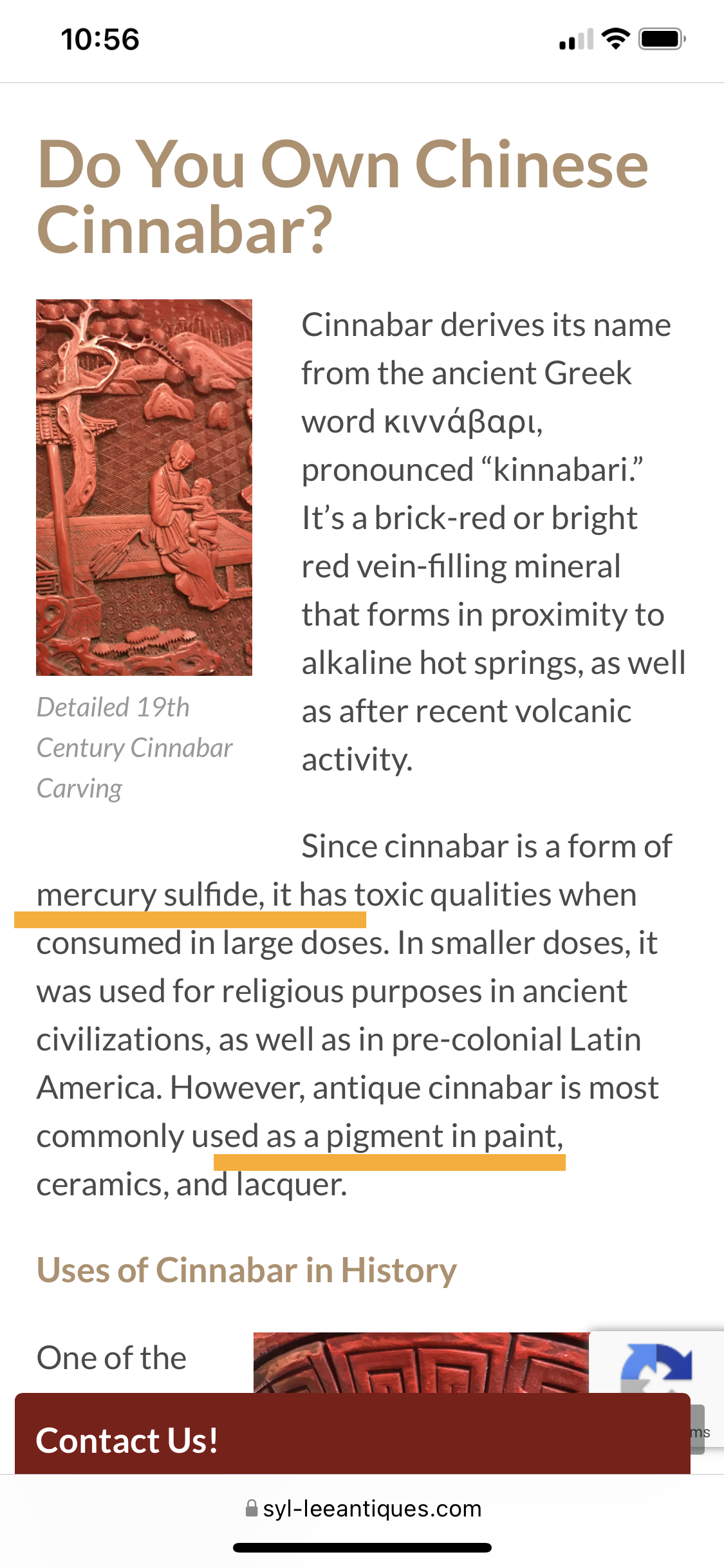
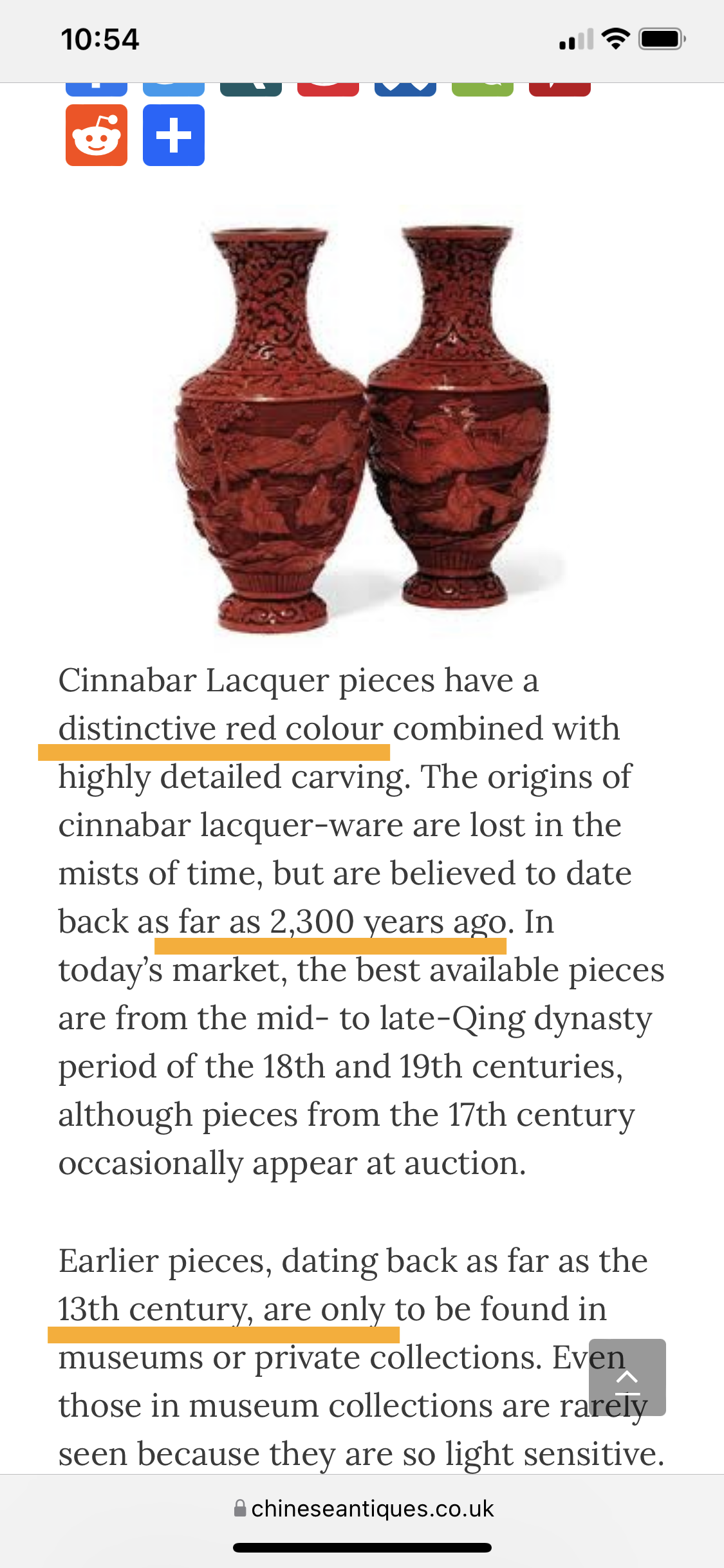
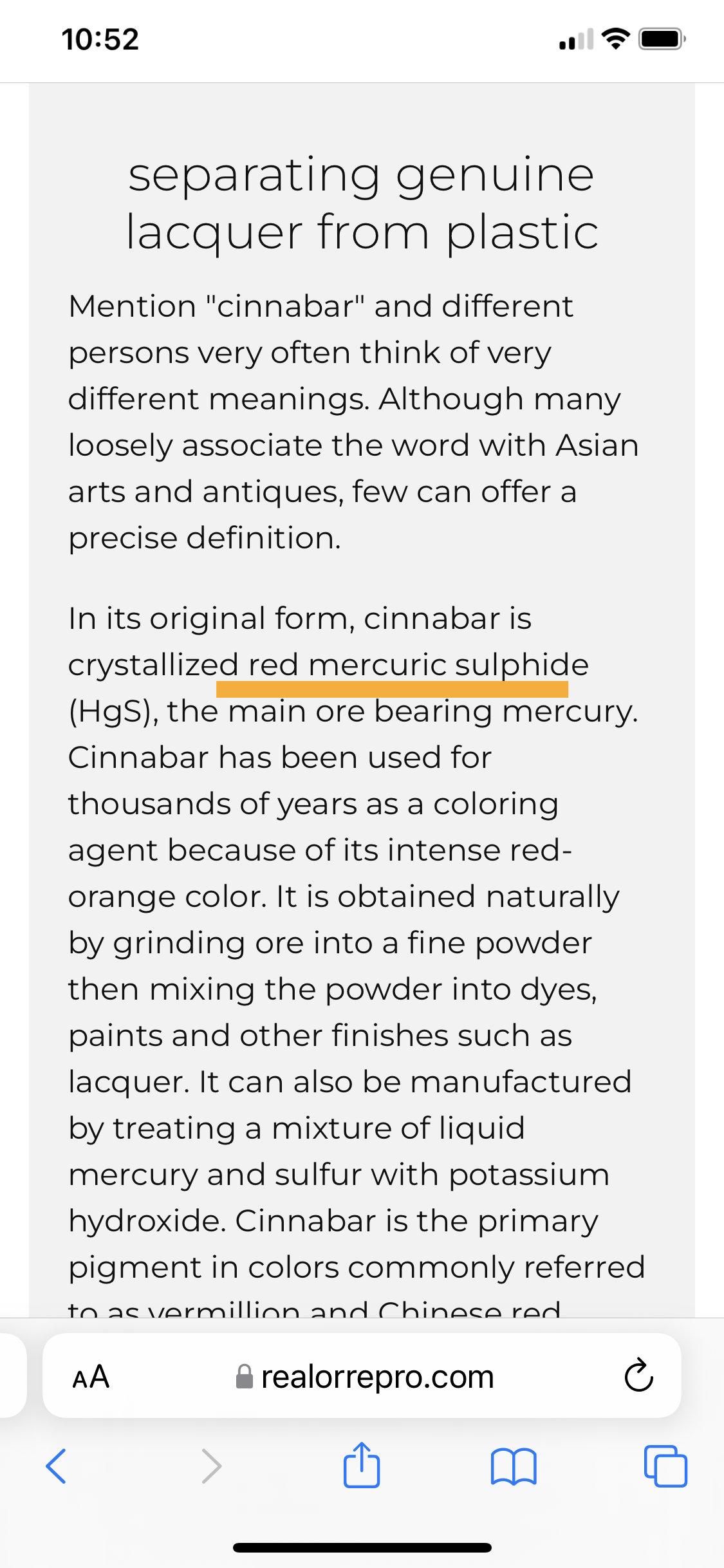
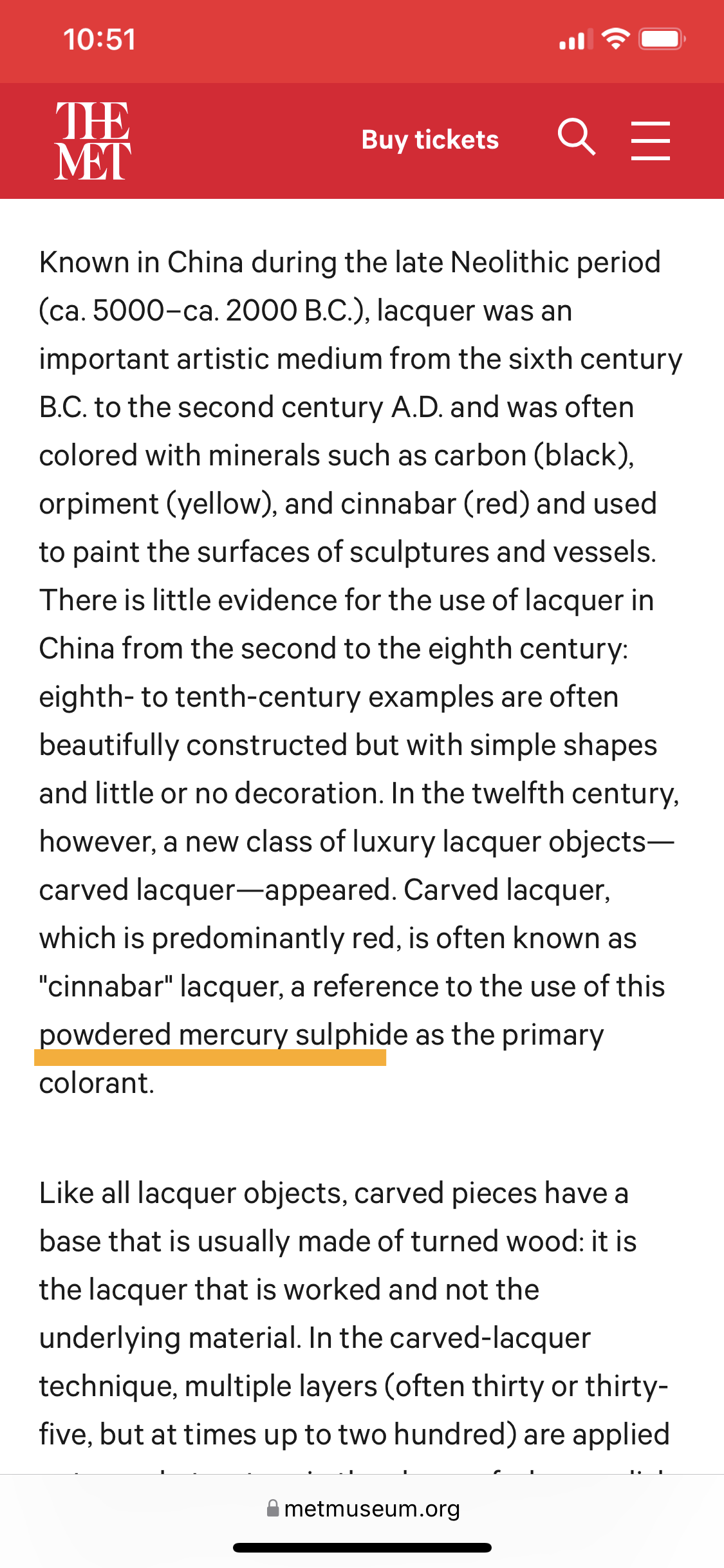
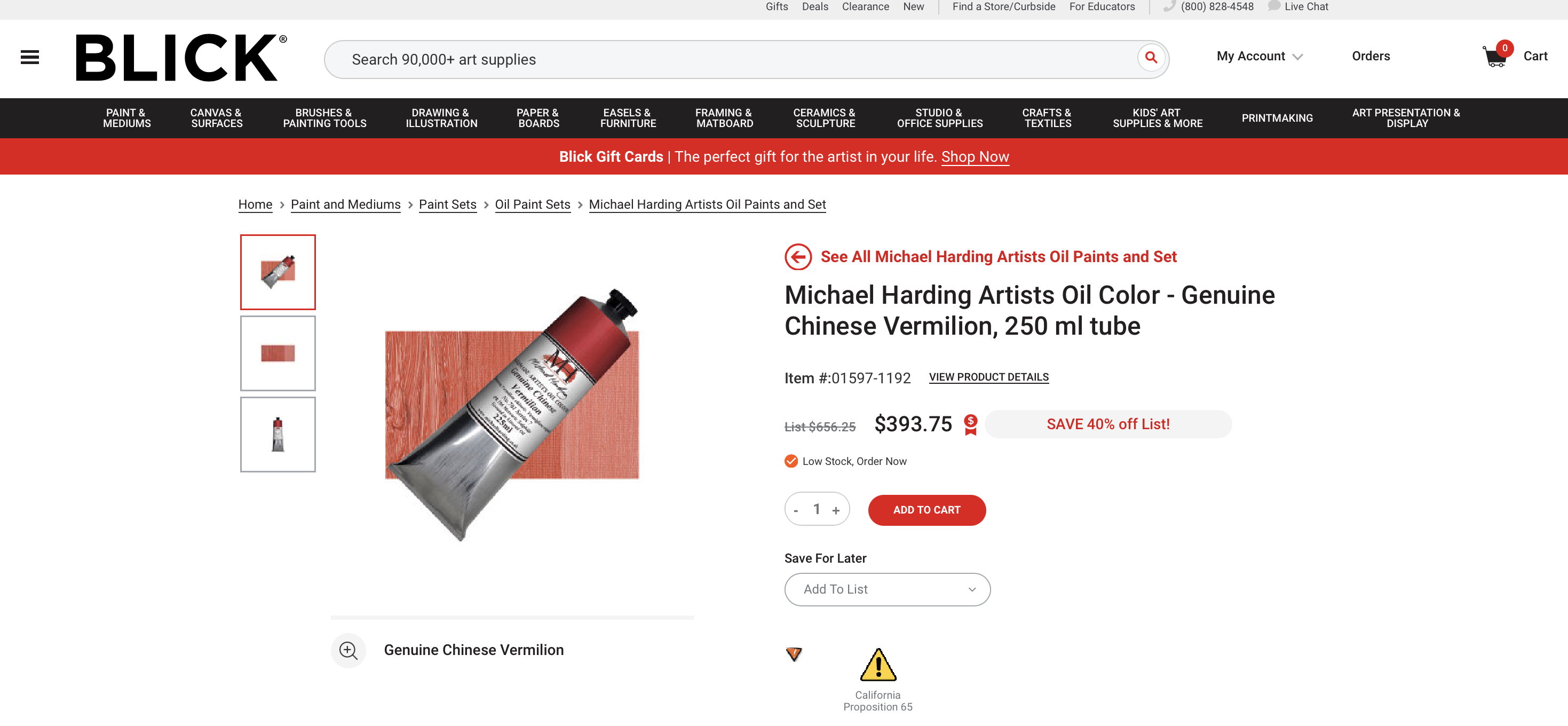
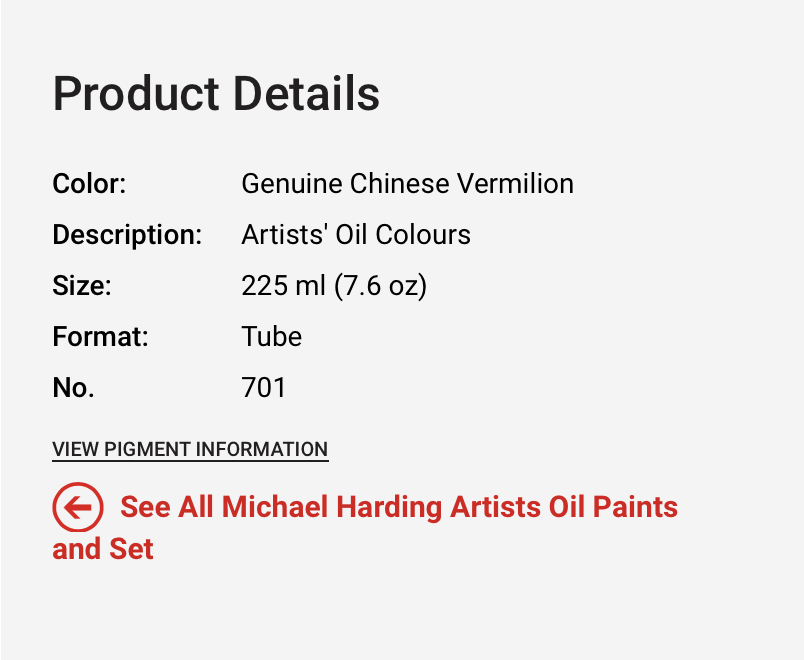
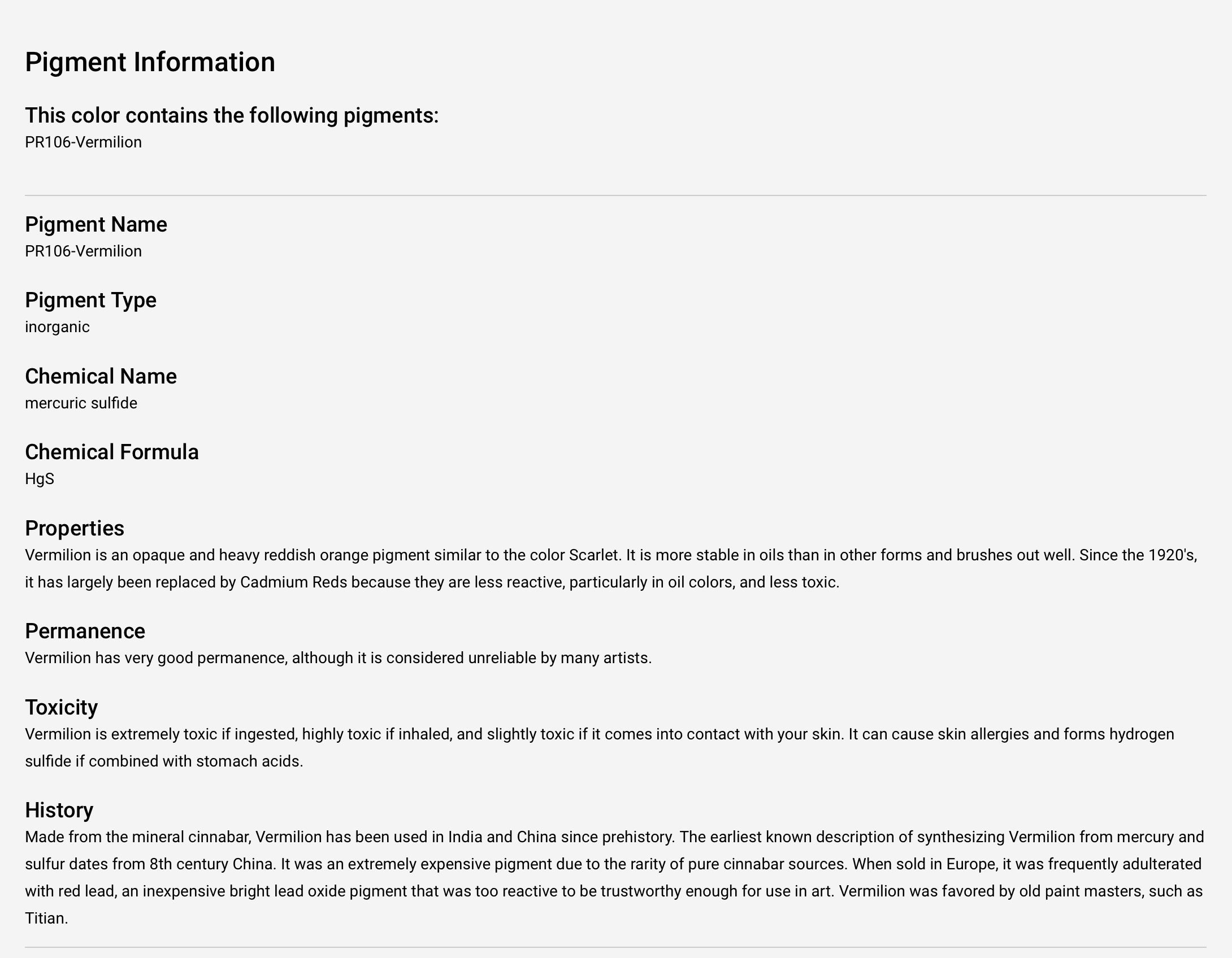
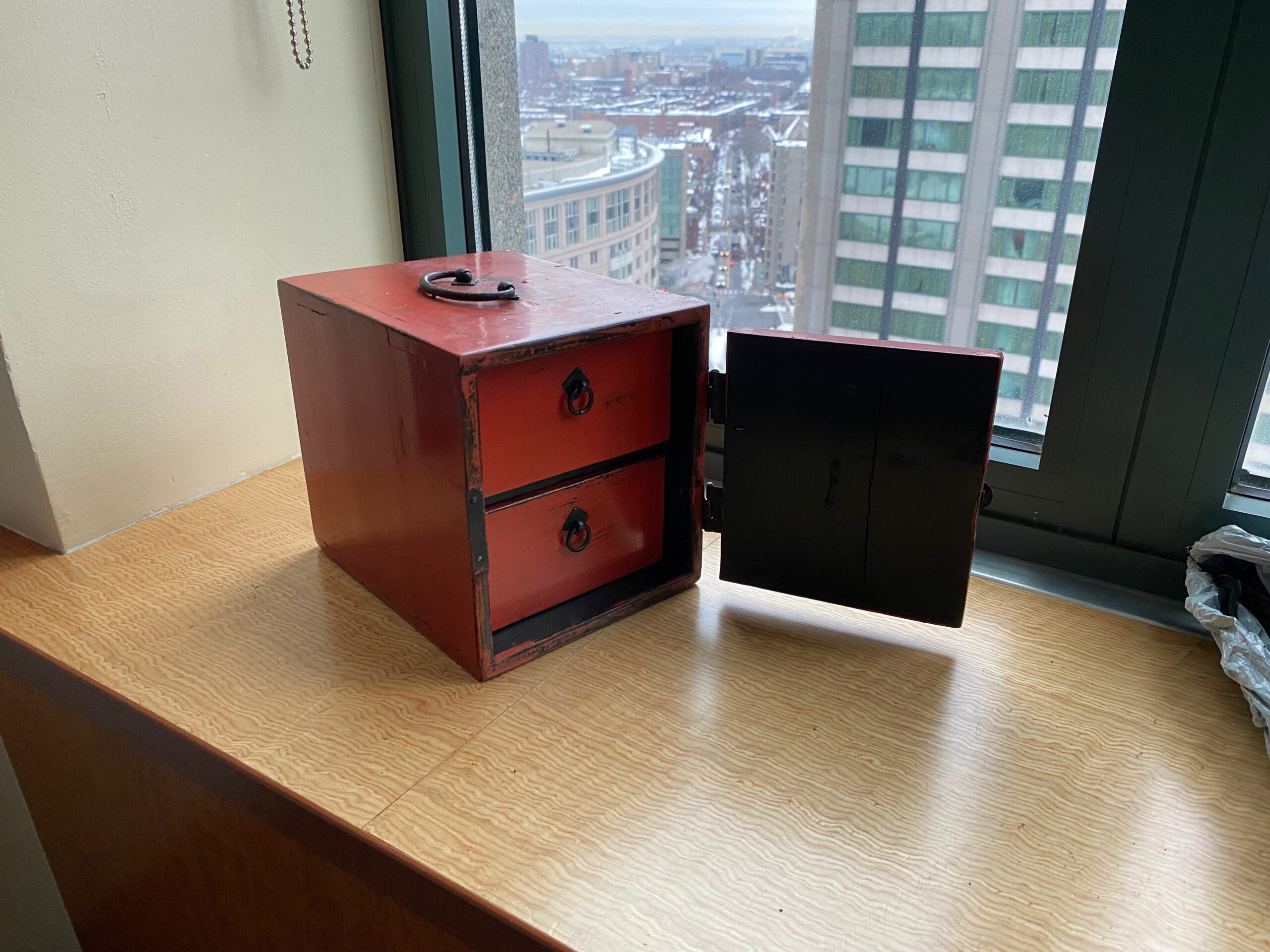
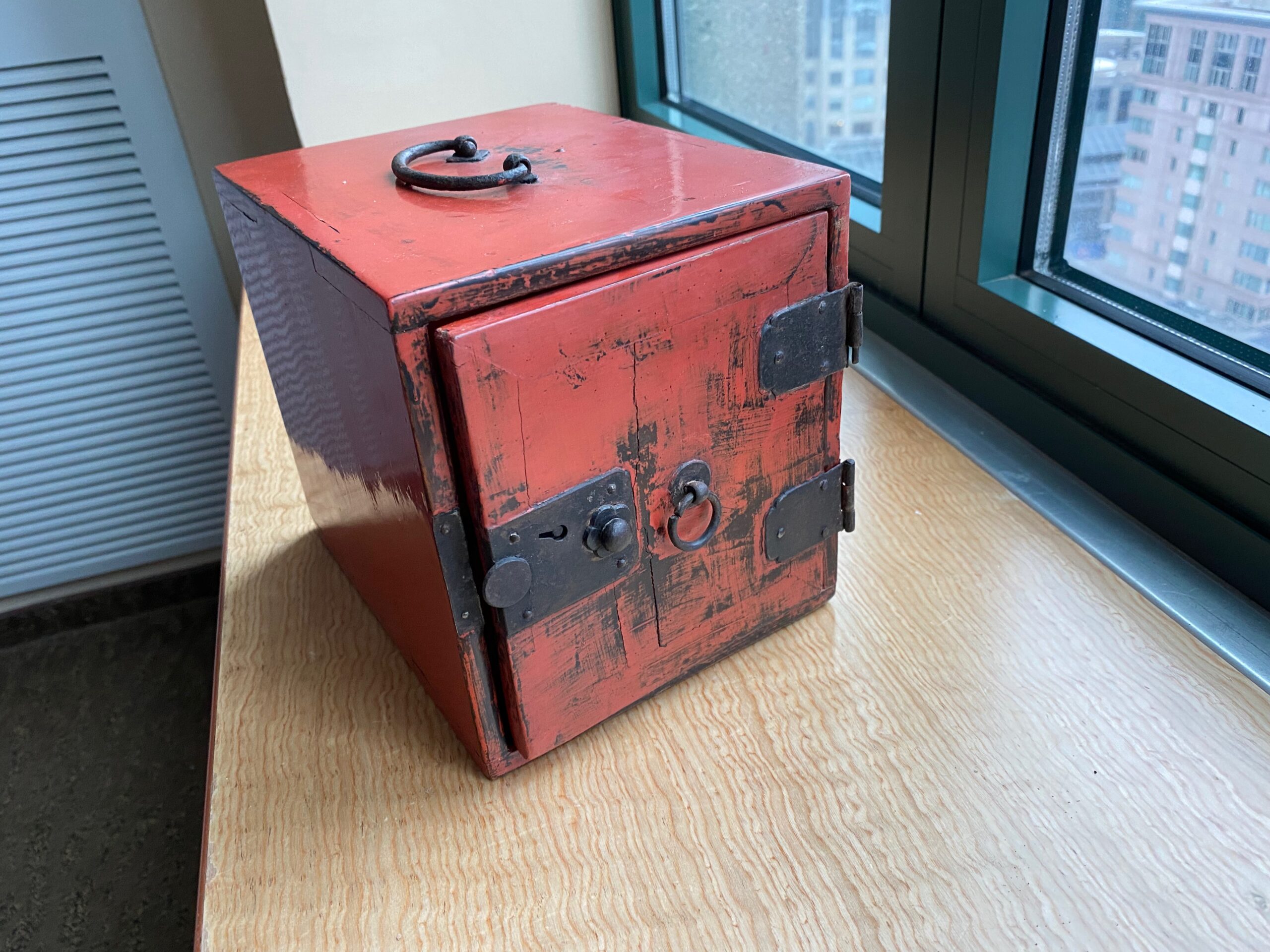
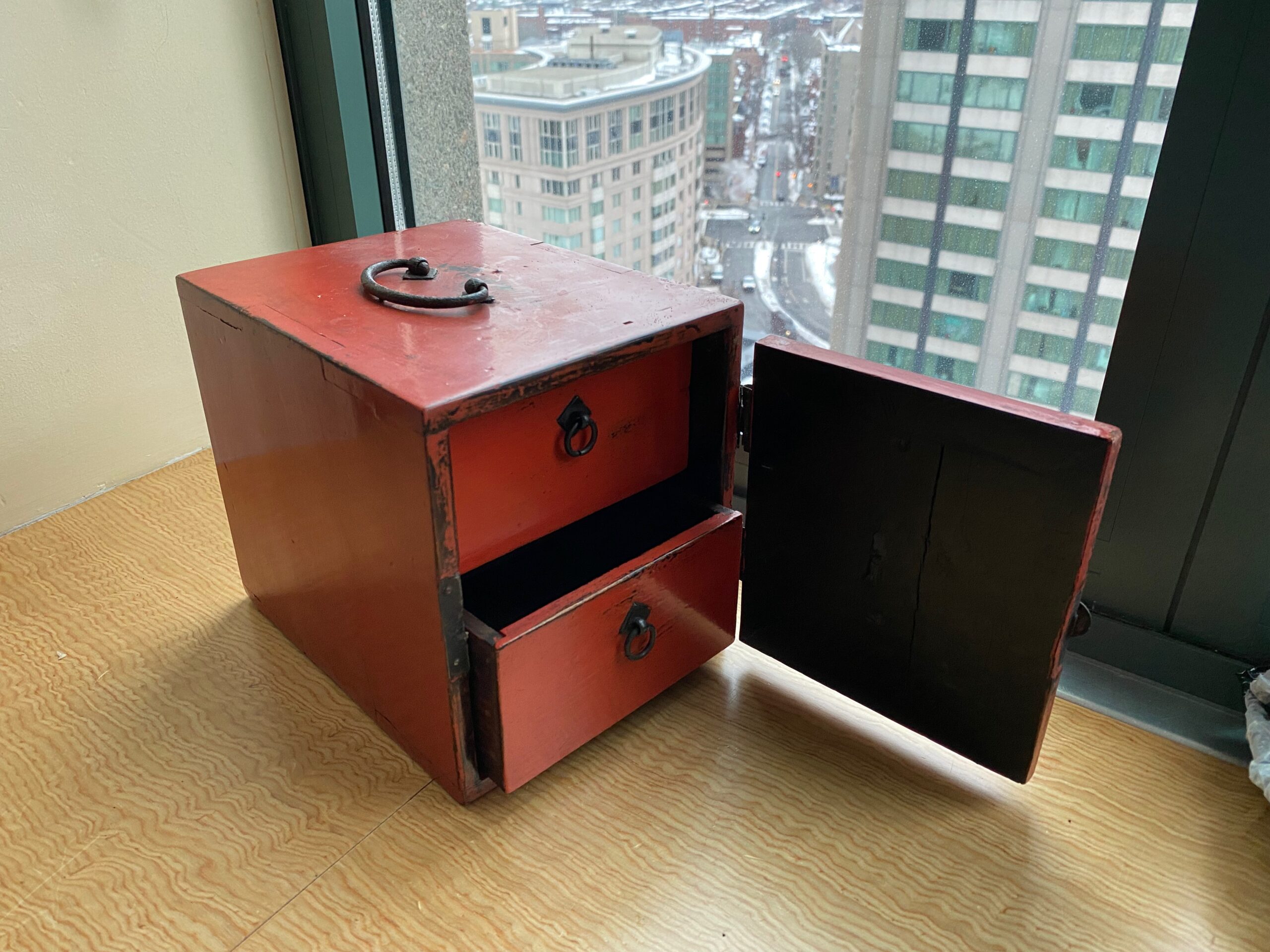
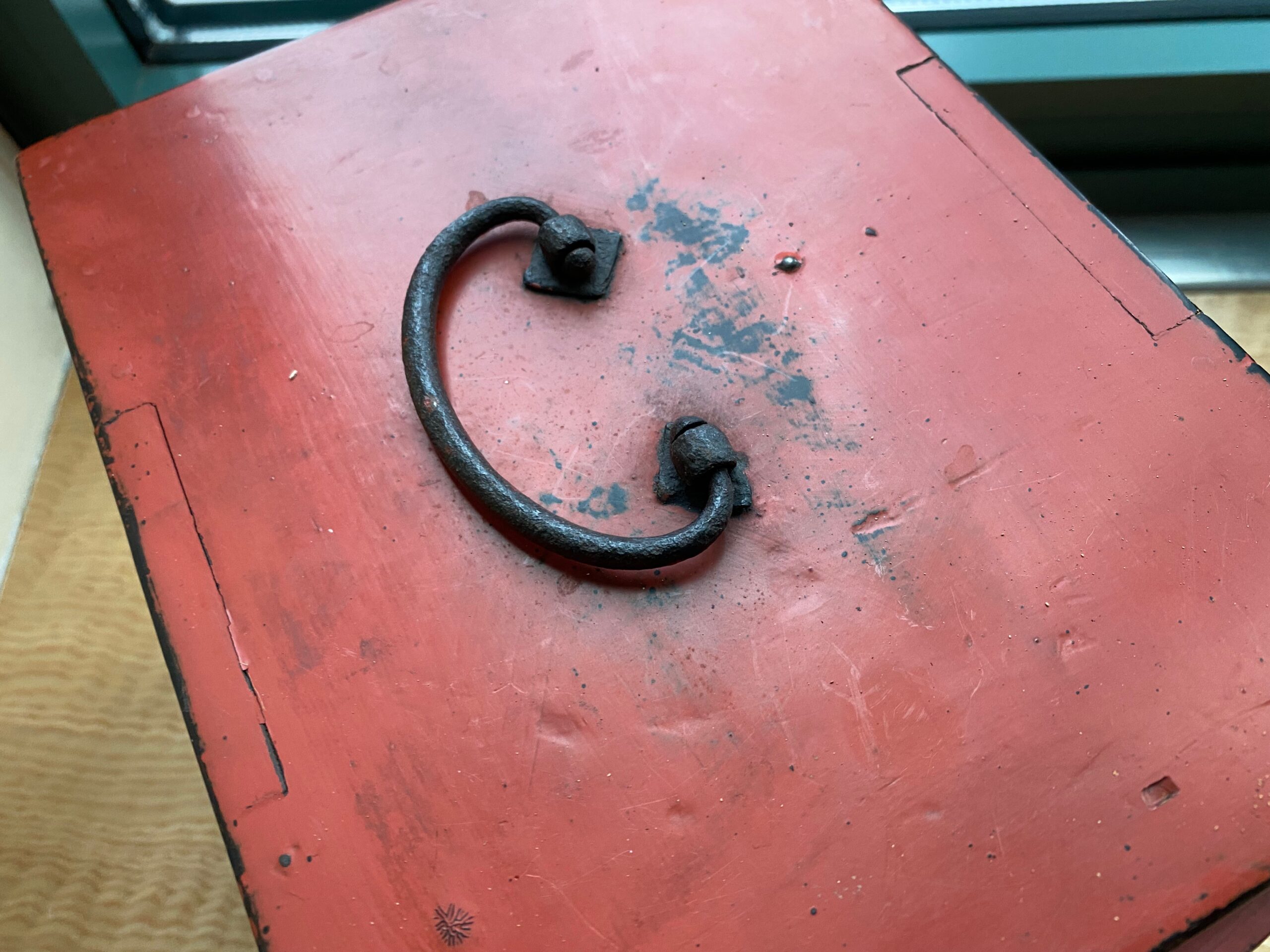
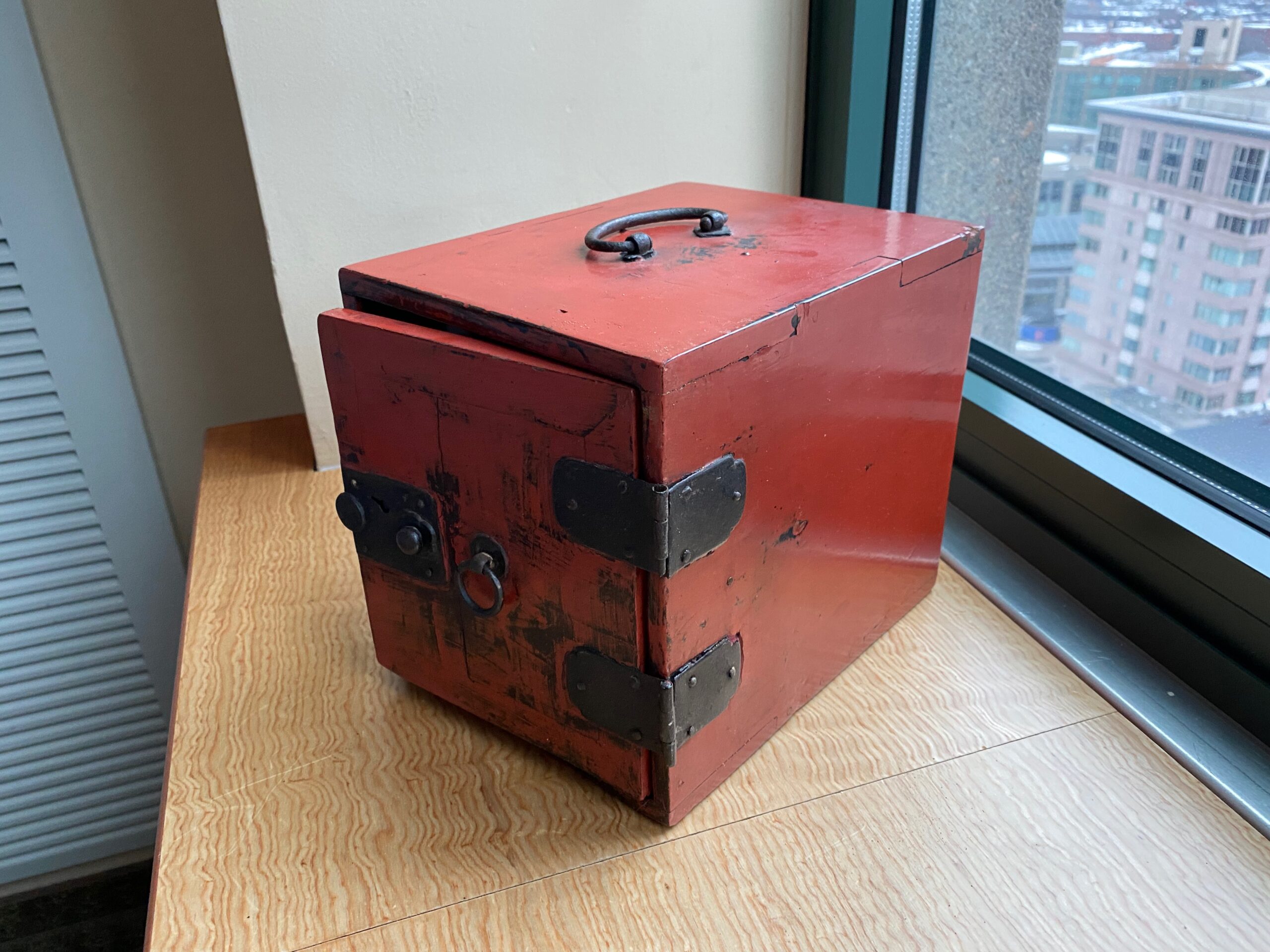
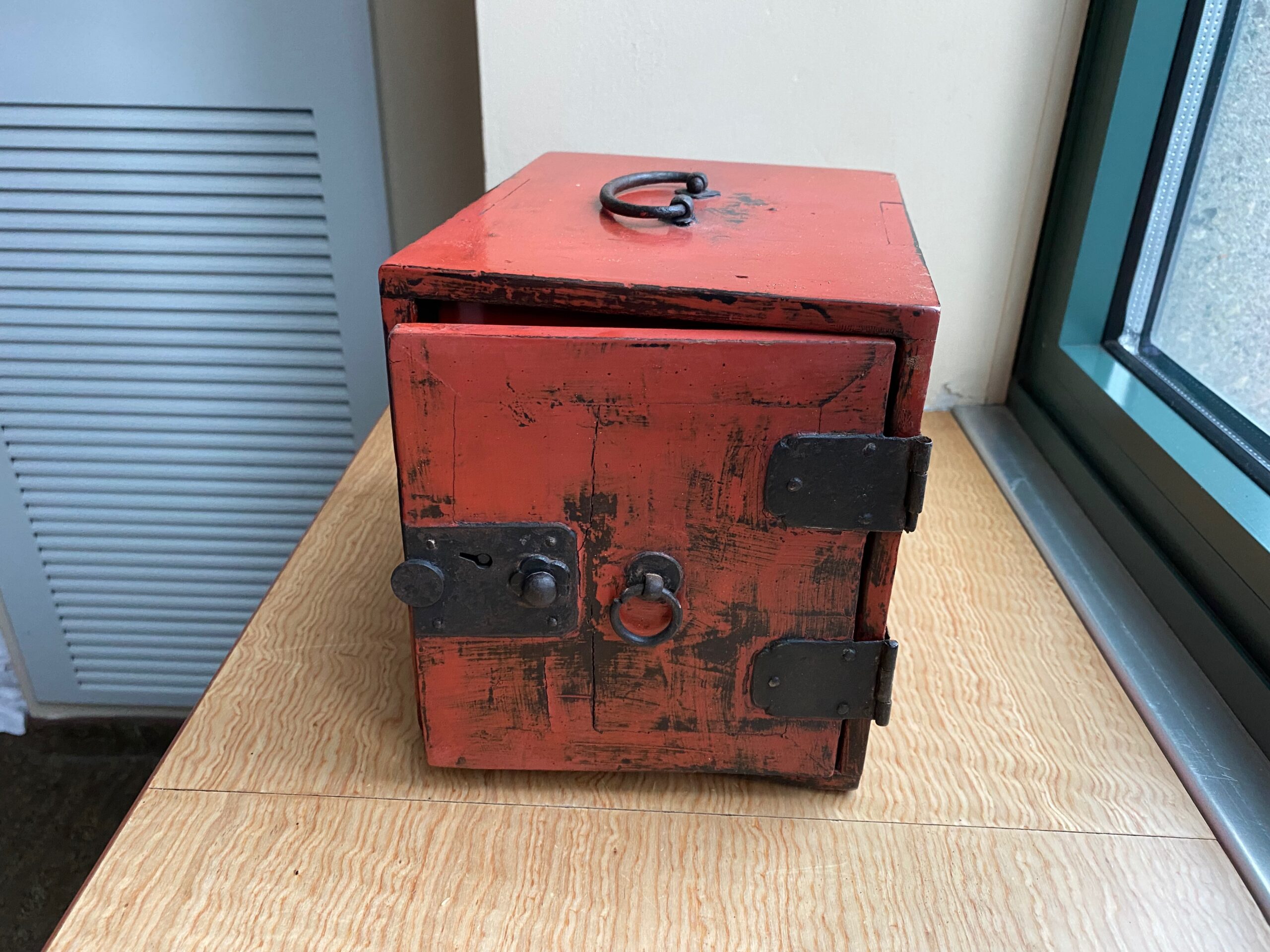

My friend Michael shared this link with me and it may be of interest to readers:
https://www.nejm.org/doi/full/10.1056/NEJM199010183231603
Michael also shared this with me (it’s the relevant Wikipedia page!) https://en.wikipedia.org/wiki/Vermilion
I just finished reading about mercury in paint. I am 75 years & have silver fillings (which has mercury & other metals). My first filling was in the 1950s. I wonder how much this has affected my health. A few years ago I did have 1/4 of them removed while I was living in California. But moved to New Mexico the following year. Unfortunately they do not have dentists here that have the proper equipment for removal of them. Your input on this subject is appreciated.
I find it appalling that these manufacturers do not care about society & how their practices are destroying people’s lives. I commend you for the work you are doing & admire you for educating the public.
FYI – I do receive your emails on a regular basis. Thank you.
The Chinese history of mercury is fascinating! Emperors thought it would prolong their life. And you get the burial chamber supposedly filled with rivers of mercury. We won’t know, because previously discovered treasures were instantly destroyed when exposed to the outside air.
https://www.chemistryworld.com/features/flowing-rivers-of-mercury/8122.article
There’s a fun young adult book that uses the history in a modern fantasy story: Zachary Ying and the Dragon Emperor.
Thank you for commenting!